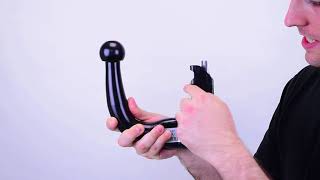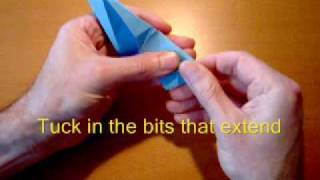Monday, 15 December, 2025г.
















Где искать: по сайтам Запорожской области, статьи, видео ролики
пример: покупка автомобиля в Запорожье
Anti swan neck orthosis (Orfit Strips) - Splinting techniques 7/10
https://www.facebook.com/groups/Orfit.splinting/: Join the 'Orfit Splinting & Rehabilitation Group' on Facebook to connect with other Orfit users. Here, you will be able to discuss and ask questions about cases and share ideas.
The swan neck deformity describes the finger with a hyperextended Proximal- interphalangeal (PIP) joint and a flexed Distal -Interphalangeal (DIP) joint. A common condition that might cause PIP joint hyperextension and produce a swan neck deformity of the finger is Rheumatoid arthritis (RA). Chronic inflammation of the PIP joint puts a stretch on the volar plate, a ligament that normally keeps the PIP joint from hyperextending. As the volar plate becomes weakened and stretched, the PIP joint begins to hyperextend. The extensor mechanism of tendons and ligaments then becomes off balance, pulling the DIP joint into flexion and causing the swan neck deformity to occur.
Other conditions that weaken the volar plate can also produce a swan neck deformity. The small (intrinsic) muscles of the hand and fingers can tighten up from hand trauma, RA, and various nerve disorders, such as cerebral palsy, Parkinson's disease, or stroke. Weakness in the volar plate can also occur from a finger injury that forces the PIP joint into hyperextension, stretching or rupturing the volar plate.
The anti-swan orthosis offers a simple method of blocking hyperextension of the PIP joint while allowing for full flexion and maximal function.
The demonstrated Anti Swan Neck Orthosis is made of Orfit Strips, 2.0 mm. More information: http://www.orfit.com/en/physical-rehabilitation-splinting-precuts/
Похожие видео
Мой аккаунт


 У вашего броузера проблема в совместимости с HTML5
У вашего броузера проблема в совместимости с HTML5


![BTS (방탄소년단) - Black Swan [ПЕРЕВОД НА РУССКИЙ/КИРИЛЛИЗАЦИЯ/ Color Coded Lyrics]](/images/mq/b/55/cZzMbxxk1HRTA4.jpg)